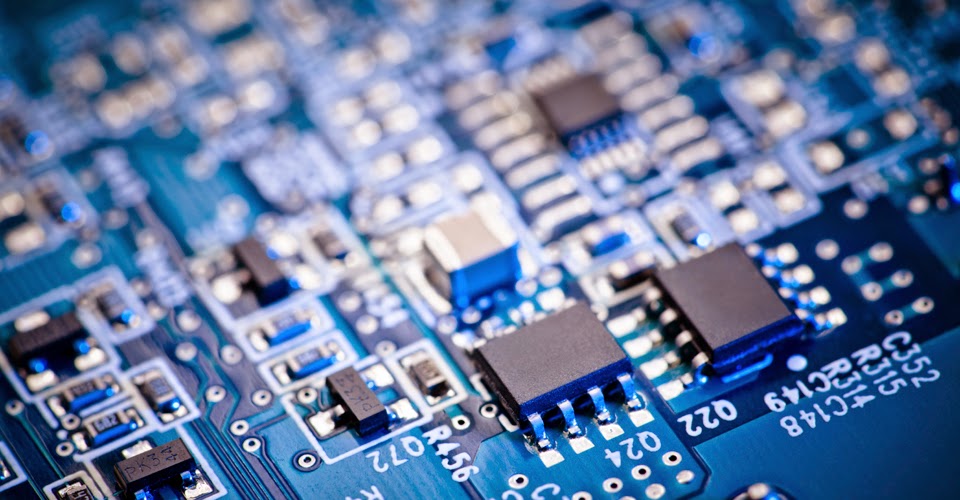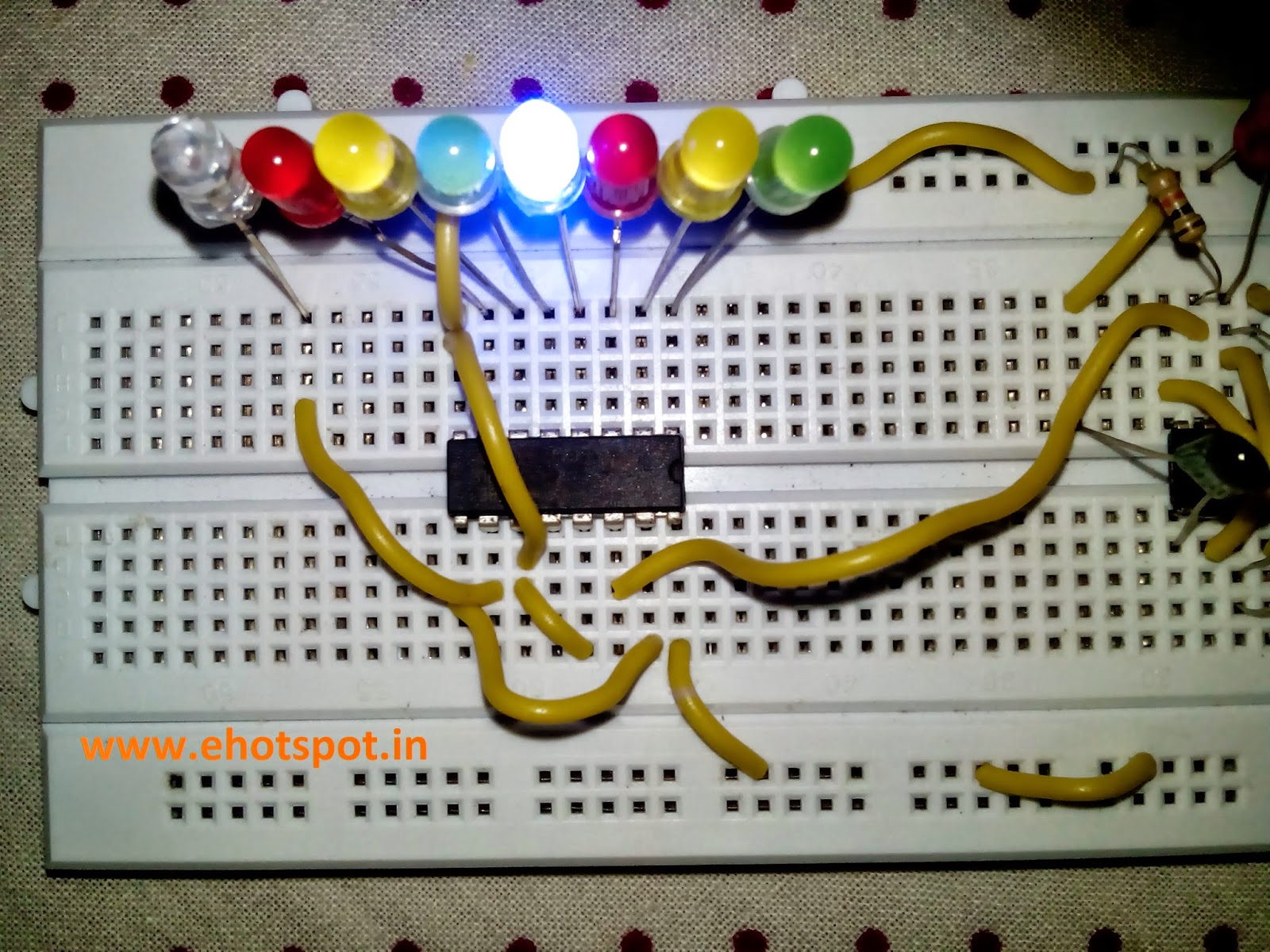Heart Shaped Serial LED Flasher using 4017 and 555 IC
This circuit uses the 555 IC and 4017 IC to flash the LED's one by one placed in shape of a Heart shaped , hence named LED flasher circuit.
The 4017 is a decade counter which flashes the LED's one by one depending upon the clock signal received by it , here 555 produces clock signal and thus drives the 4017 IC to produce output at its pins.
The output LED's can be easily connected in a Heart Shape in order to Make a nice flashing Heart effect.This circuit can be made on a PCB and can be given to your loved ones , thus making it a perfect home made DIY electronic gift for your loved ones.
The speed of flashing can be controlled by the variable resitor , higher the value the slowly LED's will flash and slower the resistance value , the faster the LED's will Flash.
Also the Capacitacnce at pin 2 if 555 can be changed to get particular speed of flashing of LED's.
The 4017 is a decade counter which flashes the LED's one by one depending upon the clock signal received by it , here 555 produces clock signal and thus drives the 4017 IC to produce output at its pins.
The output LED's can be easily connected in a Heart Shape in order to Make a nice flashing Heart effect.This circuit can be made on a PCB and can be given to your loved ones , thus making it a perfect home made DIY electronic gift for your loved ones.
The speed of flashing can be controlled by the variable resitor , higher the value the slowly LED's will flash and slower the resistance value , the faster the LED's will Flash.
Also the Capacitacnce at pin 2 if 555 can be changed to get particular speed of flashing of LED's.
COMPONENTS REQUIRED :
1.one 555 IC
2.one 4017 IC
3.one 100k Resistor
4.one 100k Variable resistor
5.one 1uF Electrolytic capacitance
6.one 220R resistance
7.eight RED LED's
8.one 6-12v supply









































